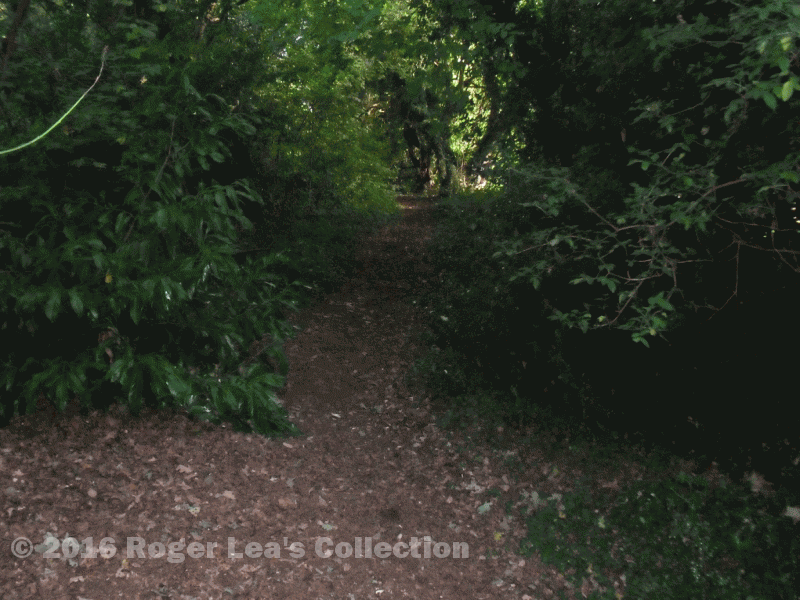Some of the roads and lanes in Sutton are very ancient - the present A5127 possibly follows the route of a prehistoric Salt way. The earliest documentary reference to roads dates from 1260, when Bulls Lane and Ox Leys Road are described as two great roads leading towards Langley. These were wide roads cut through scrubland when the powerful De Berefords of Wishaw built their mansion at Langley Hall in the twelfth century - wide enough to give no cover for bandits to ambush travellers.
Most of the medieval roads in Sutton, apart from Birmingham Road, referred to in a 1363 charter as the king’s highway, were just muddy tracks between the fields; Holland Road, in the same document, is called a lane leading towards Coleshill. But woe betide anyone who obstructed any of these lanes - even George Charnels, one of the leading gentry of Sutton, was fined for erecting fences at Wigginshill Lane in 1551. In 1555 the Court ordered Ralph Mustard to repair the footbridge over the stream at Tamworth Lane “so that the subjects of the Lord King and the Lady Queen (Philip and Mary) may have passage thereby”; there were fines in 1577 for allowing overgrown hedges to obstruct Berde More Lane, and in 1581 for allowing a fallen tree to lie “in the Queen’s Road at Coles Lane”.
The poor state of some of the lanes is reflected in their names - Riland Road was formerly known as Slash Lane because it was so deep in mud, and the lane from Grove End to Over Green was Foulslough Lane. In 1760 a Coroner’s inquest heard that the deceased person had been killed when he was thrown from his horse which stumbled over a deep cart-rut in Green Lanes. After winding between hedges most of the lanes emerged onto the open commons where they became ill-defined tracks where the traveller could choose the best route past any puddles before plunging back into a narrow lane on the other side of the common.
In 1824 an Enclosure Commissioner was appointed with the task of dividing up the commons into plots of land to allocate to private owners. One of the first things to do was to make a large-scale map of Sutton and mark on it the precise route of all the roads across the commons, usually by drawing a straight line. More than ten miles of road were laid out in this way, some thirty feet wide and some forty feet wide, including busy modern roads such as Boldmere Road, Walmley Road and Walsall Road as well as by-ways like Hillwood Road and Turfpits Lane.
